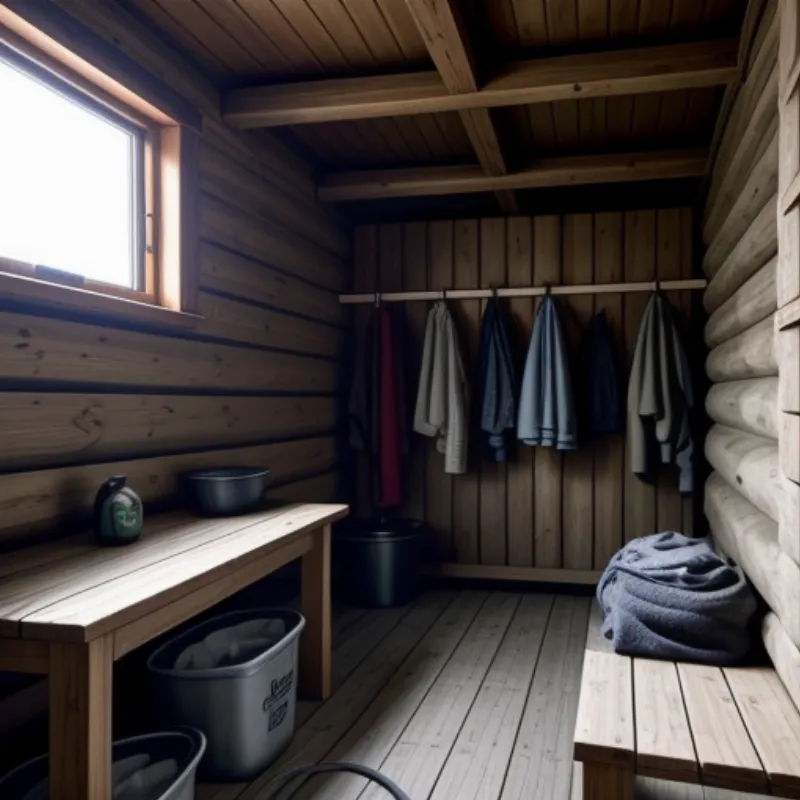Hákarl, the fermented Greenland shark, is not for the faint of heart. This traditional Icelandic delicacy, with its pungent aroma and unique taste, is an adventure for the palate. If you’re curious about this ancient food and feel ready to embark on a culinary journey, join us as we explore How To Make Hákarl.
A Bite of History
Before we dive into the process, let’s take a step back in time. Hákarl has been a part of Icelandic culture for centuries, a testament to the ingenuity of people living in harsh environments. The Greenland shark, naturally poisonous when fresh due to high levels of uric acid, was transformed into a source of sustenance through a unique fermentation process. Today, hákarl is considered a national dish, often enjoyed during special occasions and festivals.
Gathering Your Supplies
Making hákarl is a labor of love, requiring patience and a few essential items:
Ingredients:
- 1 Greenland shark (approximately 200-300 lbs) – It’s crucial to source this ethically and responsibly, considering potential conservation concerns. Consult local regulations and experts for guidance.
- Coarse gravel or river rocks (enough to fill the burial pit)
- Arctic sand or gravel (for weighting down the shark)
Equipment:
- Sharp filleting knife
- Large bucket or container
- Shovel
- Wooden board or platform
- Heavy stones or weights
The Art of Fermentation: A Step-by-Step Guide
1. Preparing the Shark:
- Carefully skin and gut the shark.
- Cut the shark into large pieces, typically 4-6 sections.
2. The Burial:
- Dig a shallow pit in an area with well-draining soil or sand.
- Line the pit with a layer of gravel or rocks.
- Place the shark pieces on top of the gravel.
- Cover the shark completely with more gravel or rocks.
 Hákarl Burial
Hákarl Burial
3. Pressing and Fermenting:
- Place a wooden board or platform on top of the buried shark.
- Weigh down the platform with heavy stones or weights to press out fluids.
- Leave the shark to ferment for 6-12 weeks, depending on desired texture and flavor. The colder the temperature, the longer the fermentation time.
4. Drying:
- After fermentation, carefully remove the shark pieces from the pit.
- Cut the shark into smaller, bite-sized pieces.
- Hang the pieces to air-dry in a well-ventilated, cool, and dry location for another 2-4 months. Traditional drying areas are often sheds or well-ventilated cellars.
 Hákarl Drying
Hákarl Drying
Savoring the Unique Flavor of Hákarl
Hákarl has a strong, pungent aroma, often compared to strong cheese or ammonia. The taste is equally powerful, with a fishy, nutty, and slightly sweet flavor. It’s typically served in small cubes, often accompanied by a shot of Brennivín, a local Icelandic schnapps.
Tips and Considerations
- Safety First: Due to the potential presence of harmful bacteria, it’s crucial to practice strict hygiene throughout the process. Use clean tools and workspaces, and ensure proper fermentation and drying times.
- Expert Guidance: If you’re new to hákarl making, seeking guidance from experienced individuals is highly recommended. They can offer valuable insights and ensure a safe and successful process.
- Sustainable Practices: The Greenland shark is a slow-growing, vulnerable species. Prioritize ethical sourcing and consider the environmental impact before attempting to make hákarl.
Making hákarl is an adventure, a journey back in time to experience a unique culinary tradition. While it may not be everyone’s cup of tea (or shot of Brennivín), the process itself offers a glimpse into the resilience and resourcefulness of Icelandic culture.
